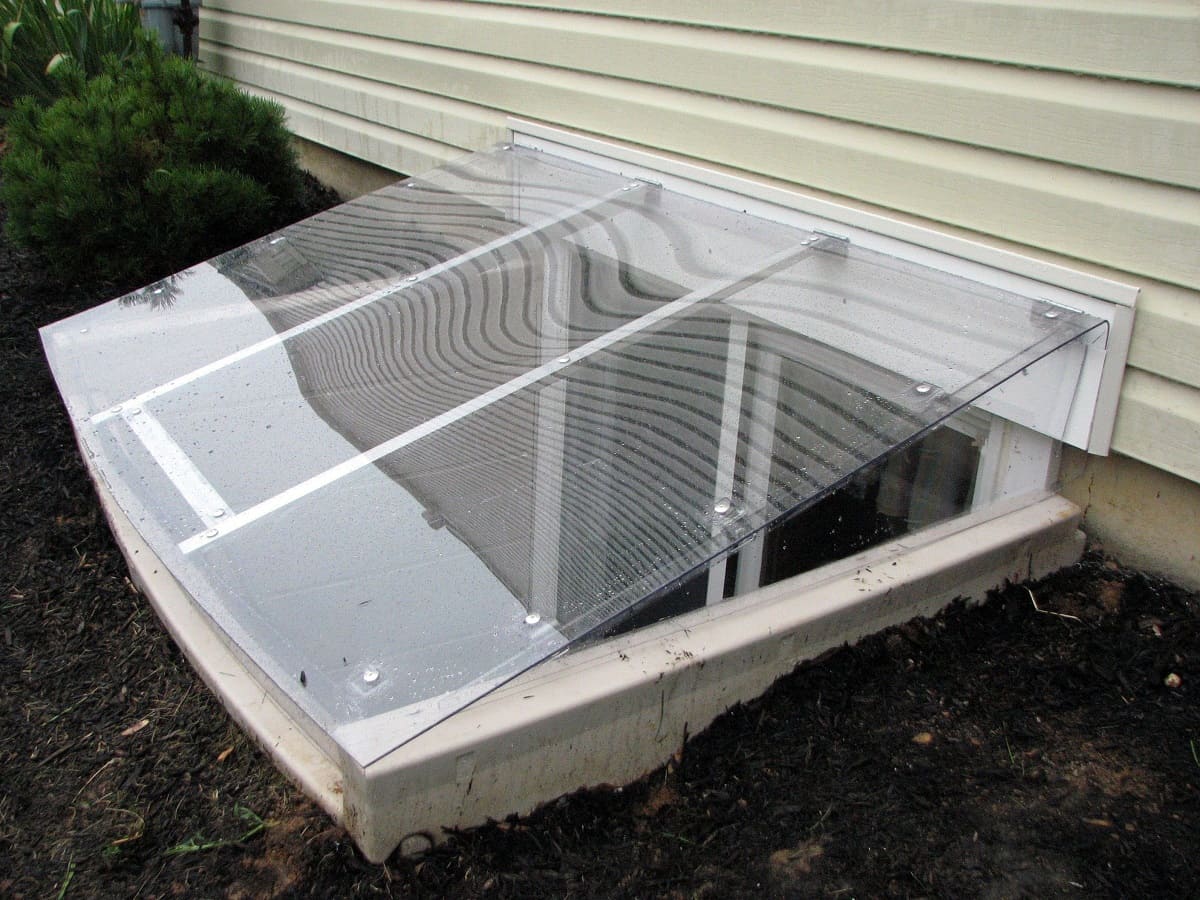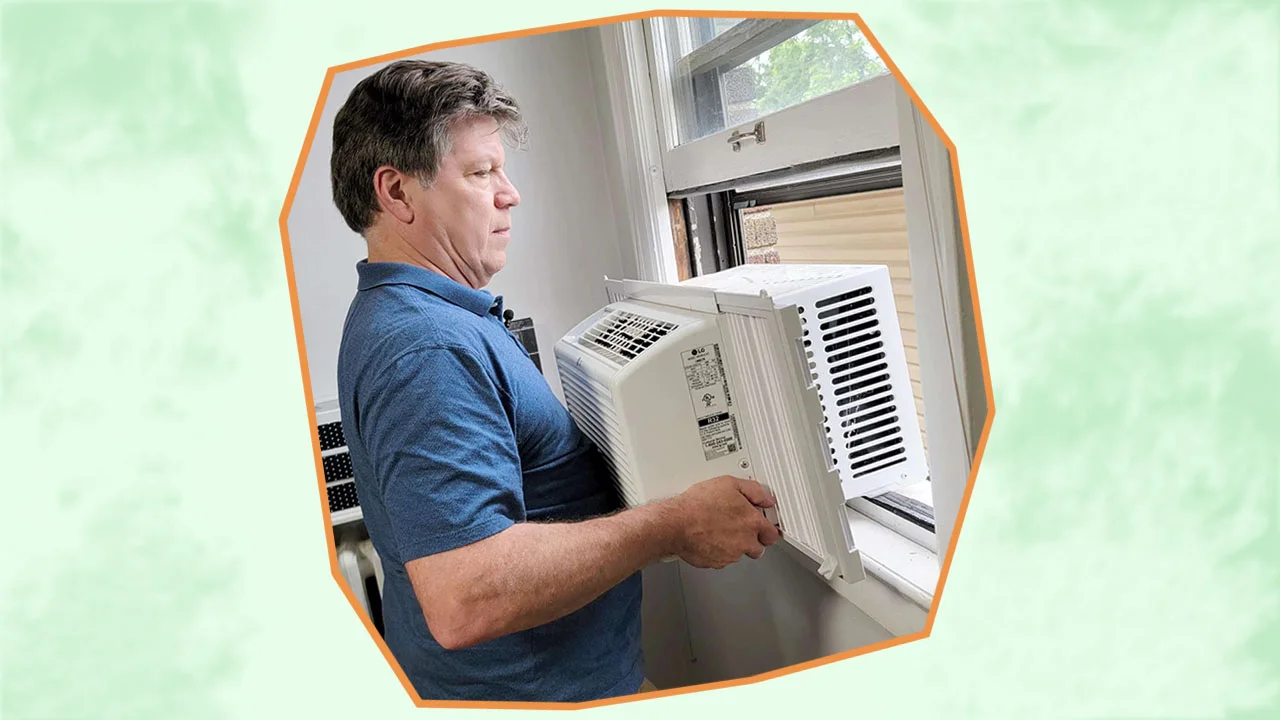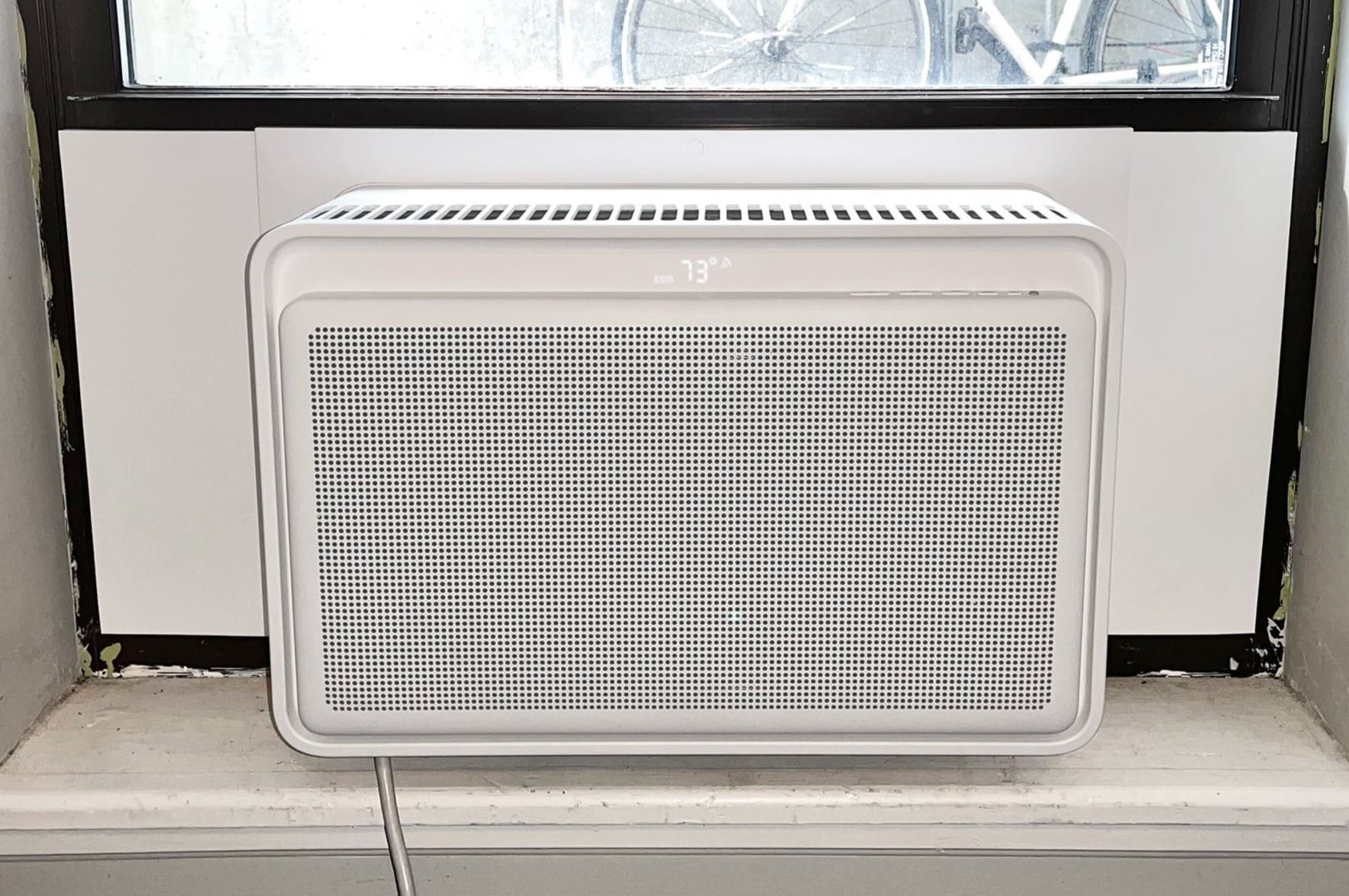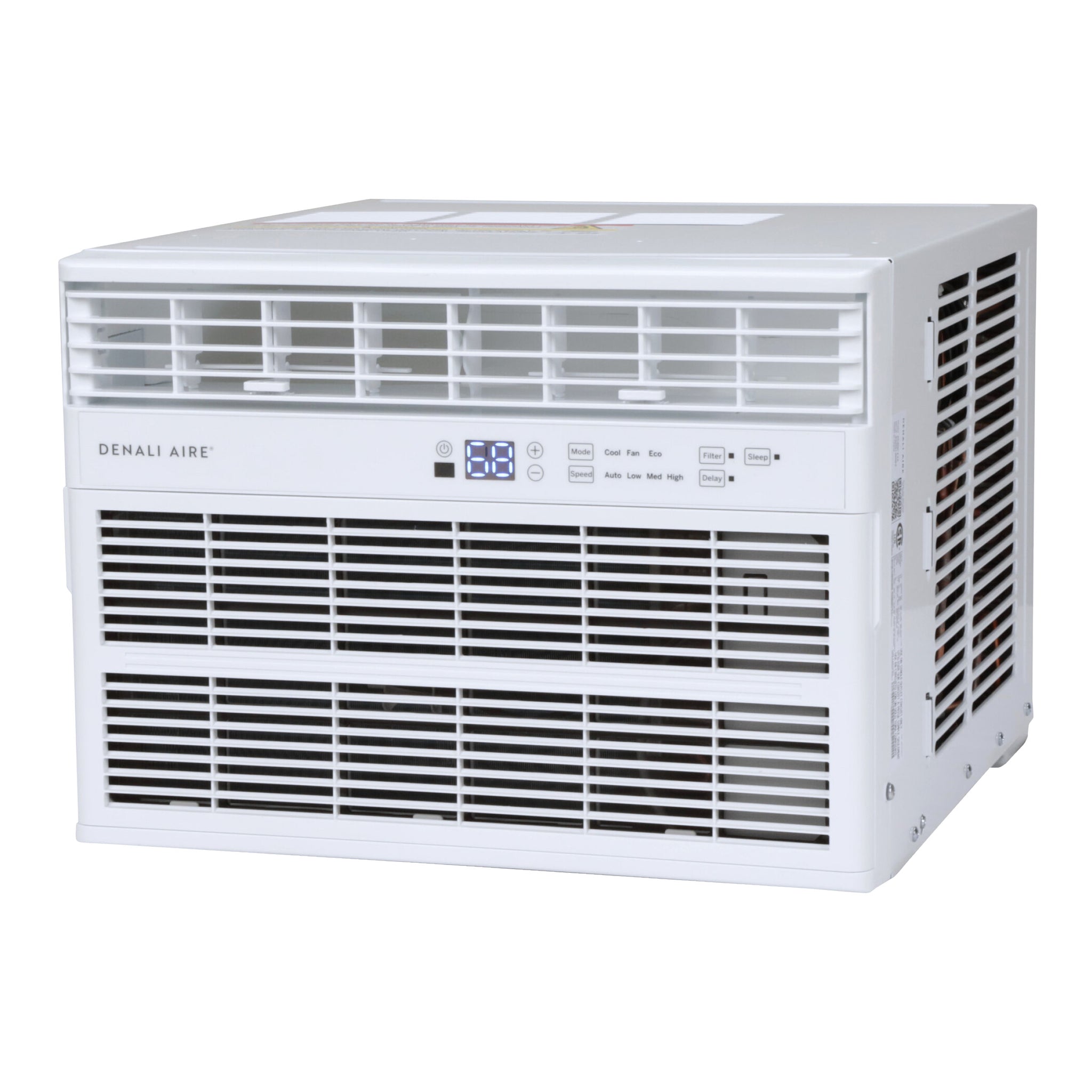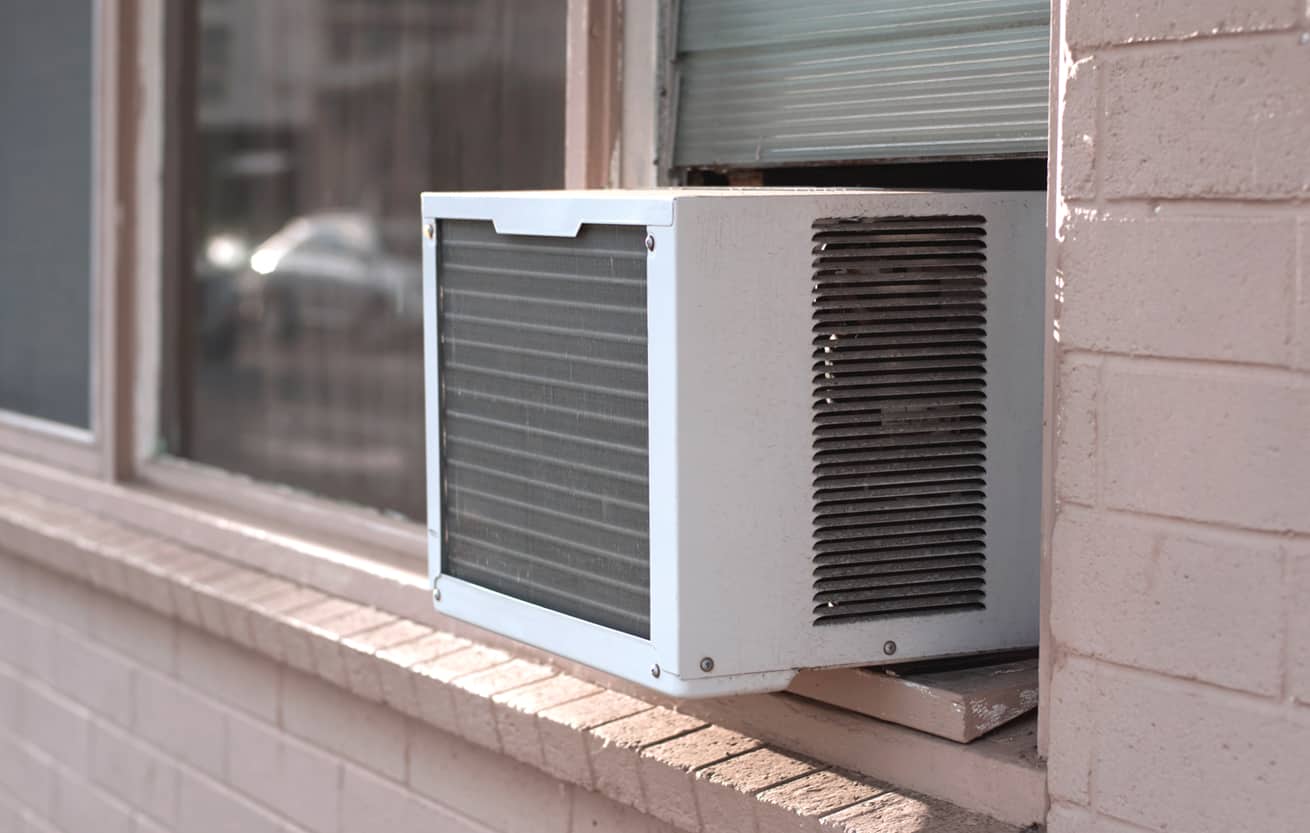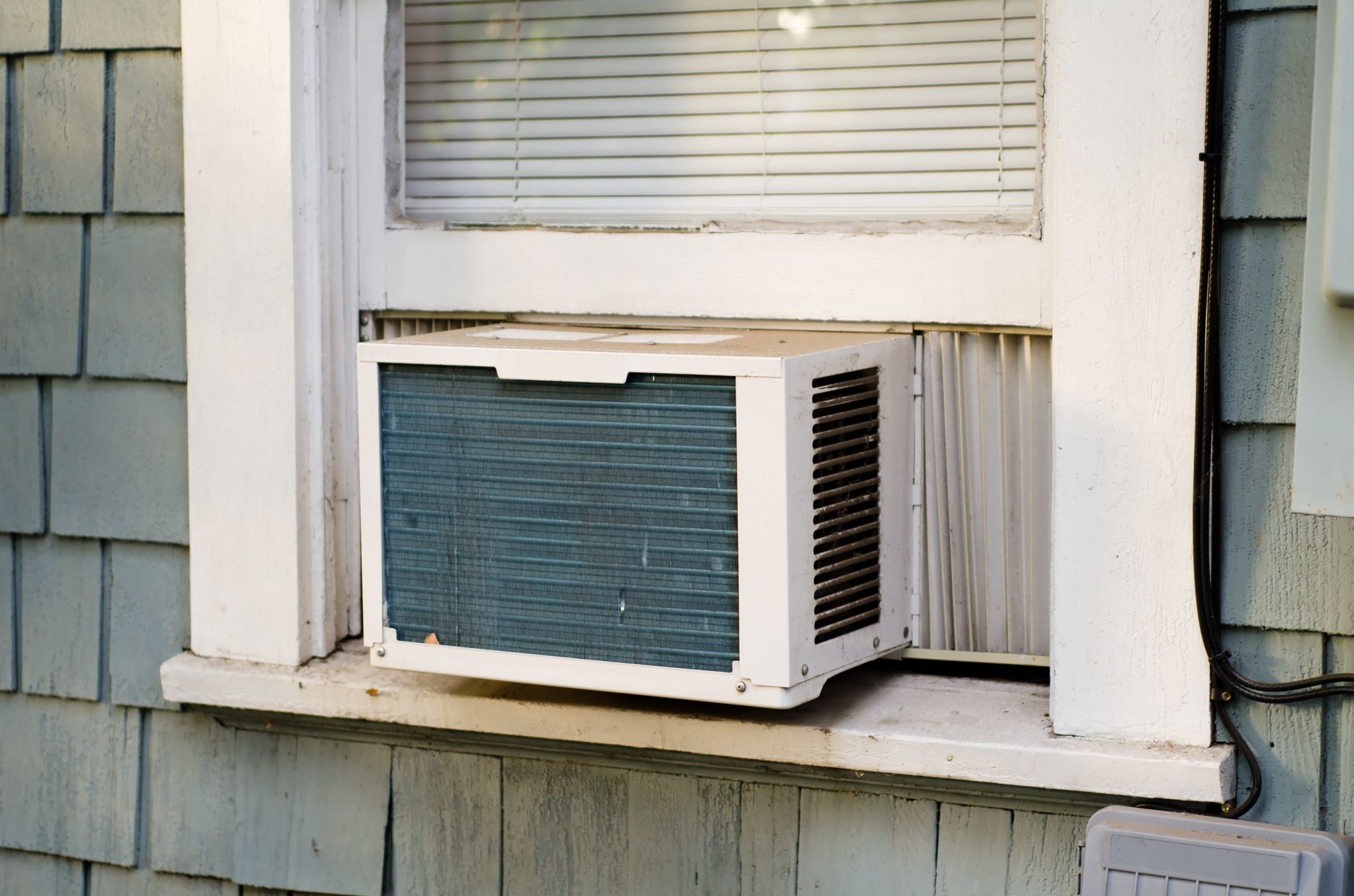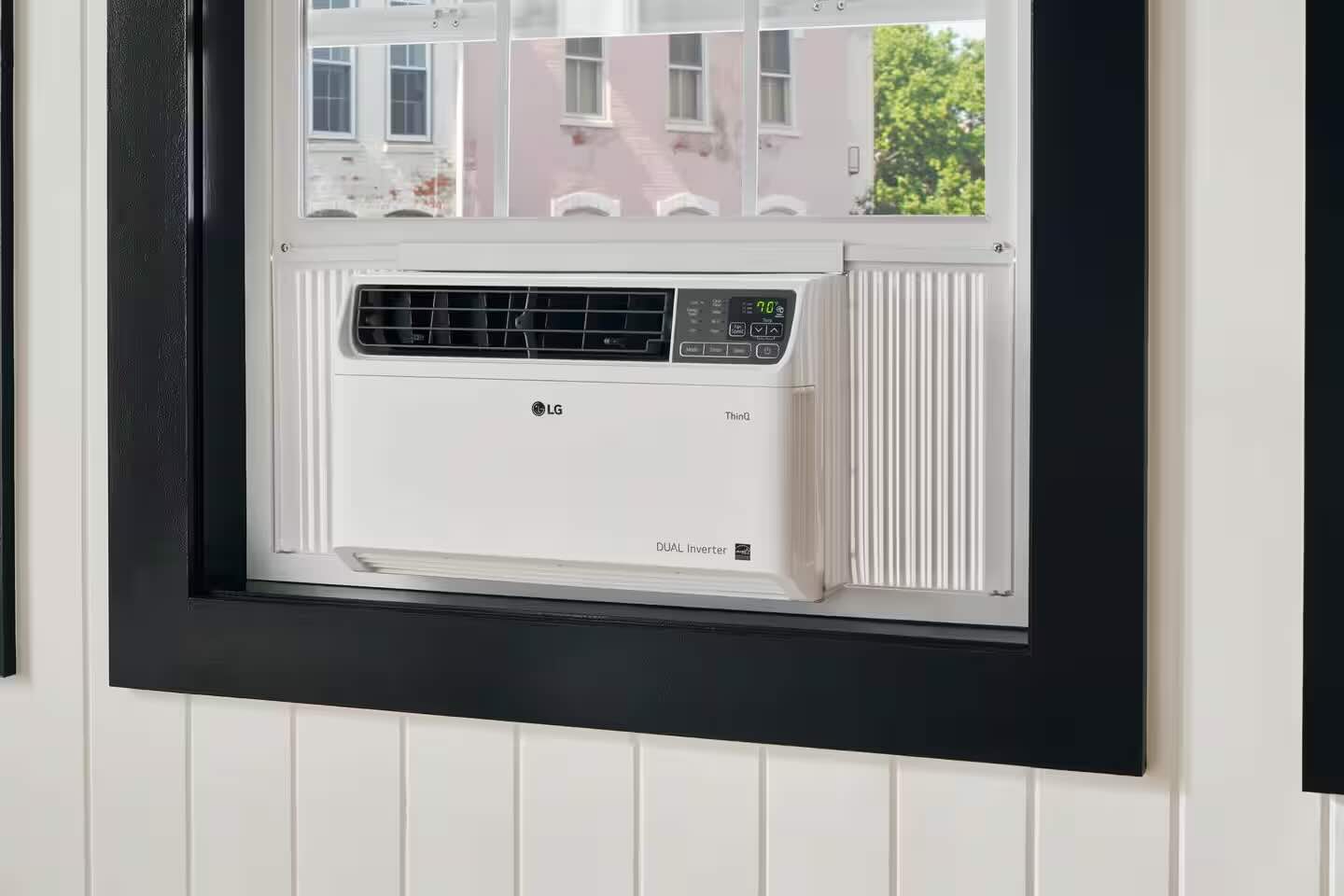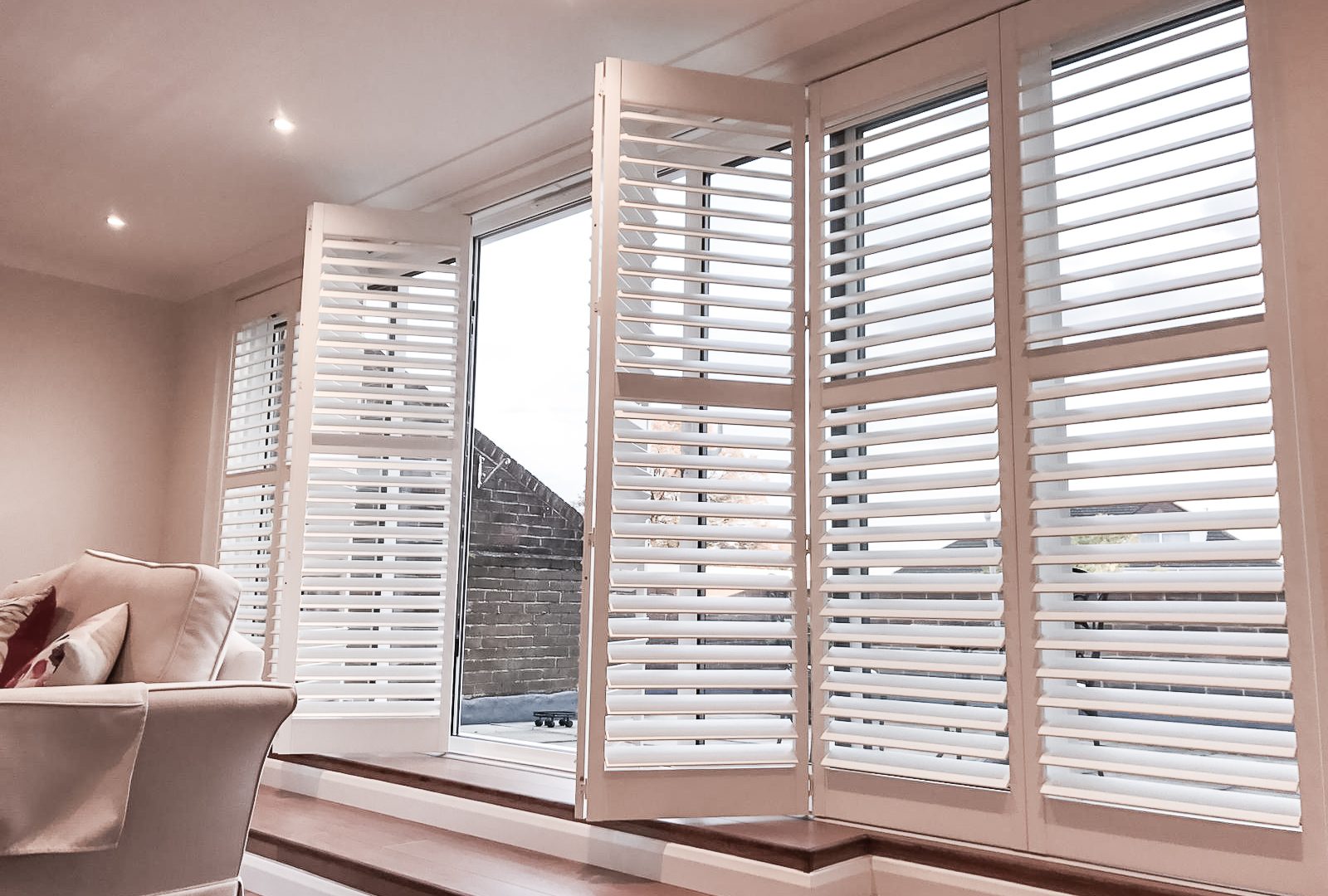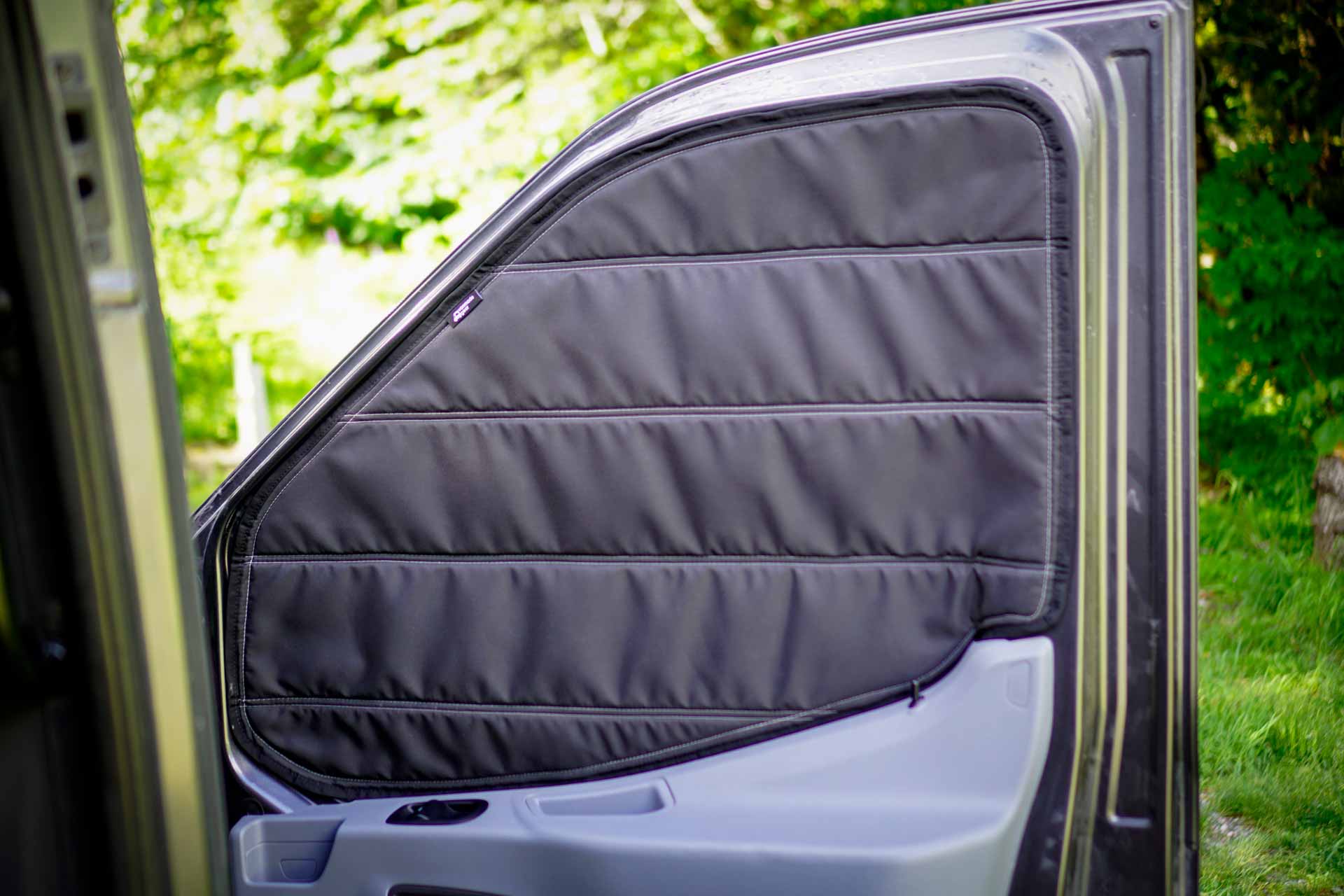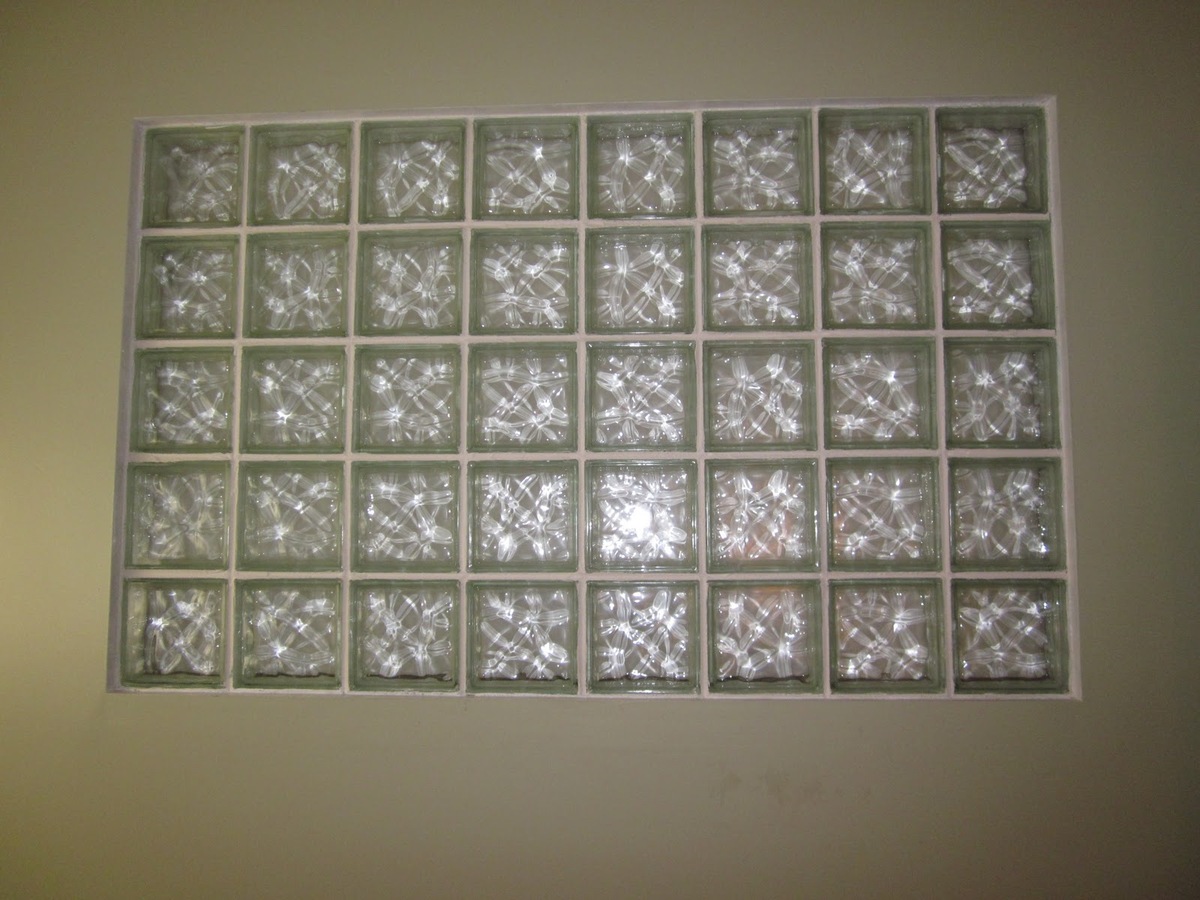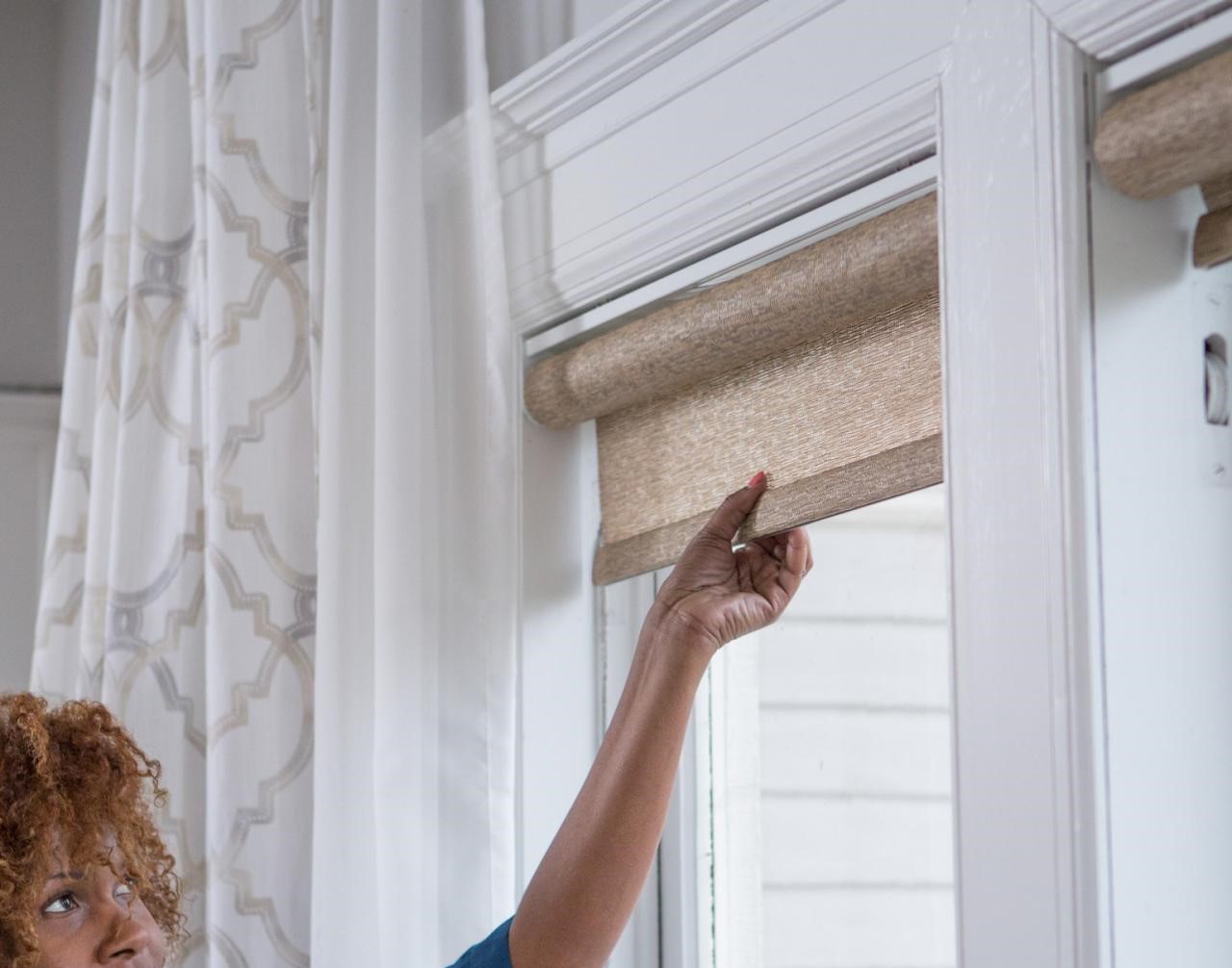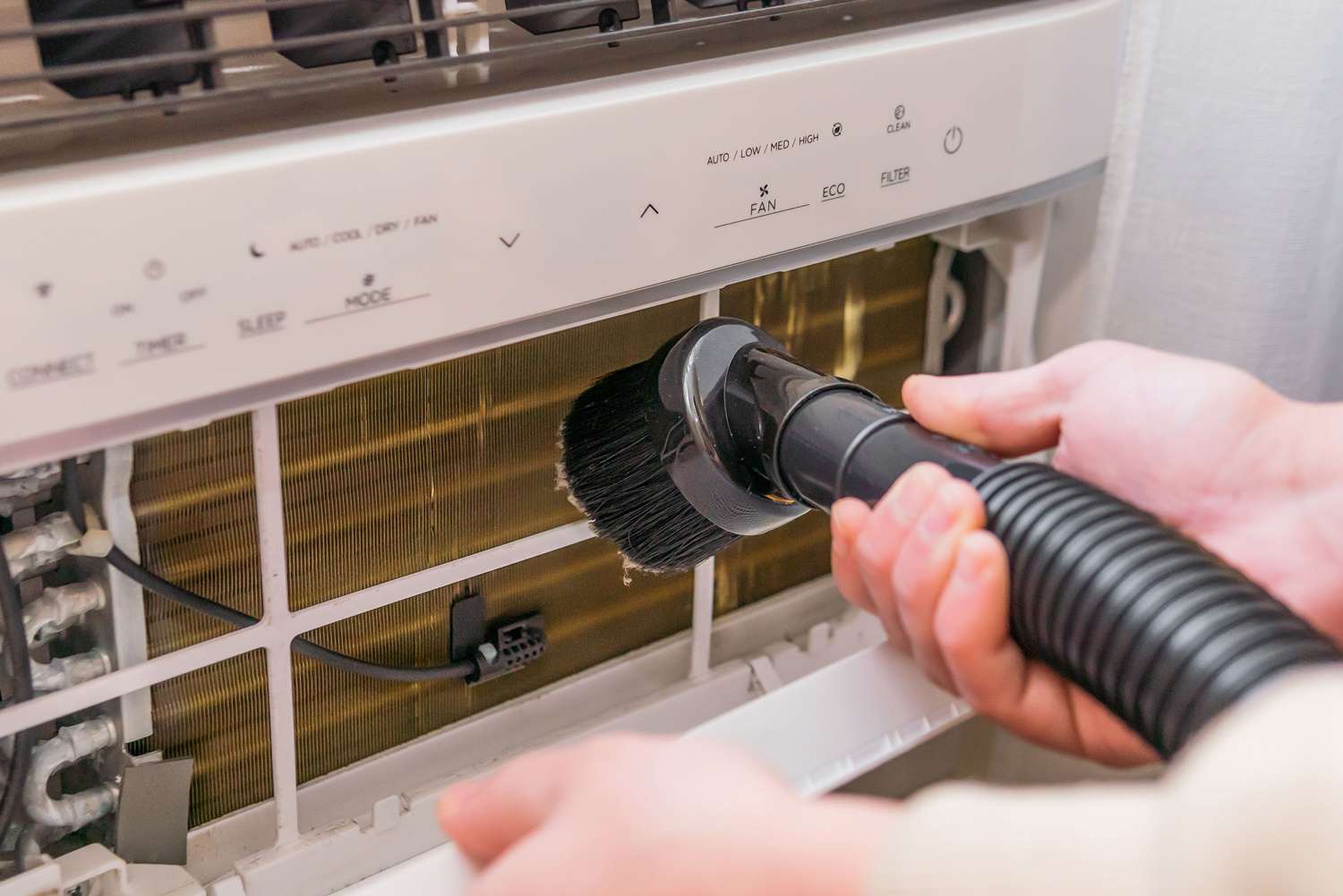Home>Home Maintenance>How To Cover A Window Air Conditioner
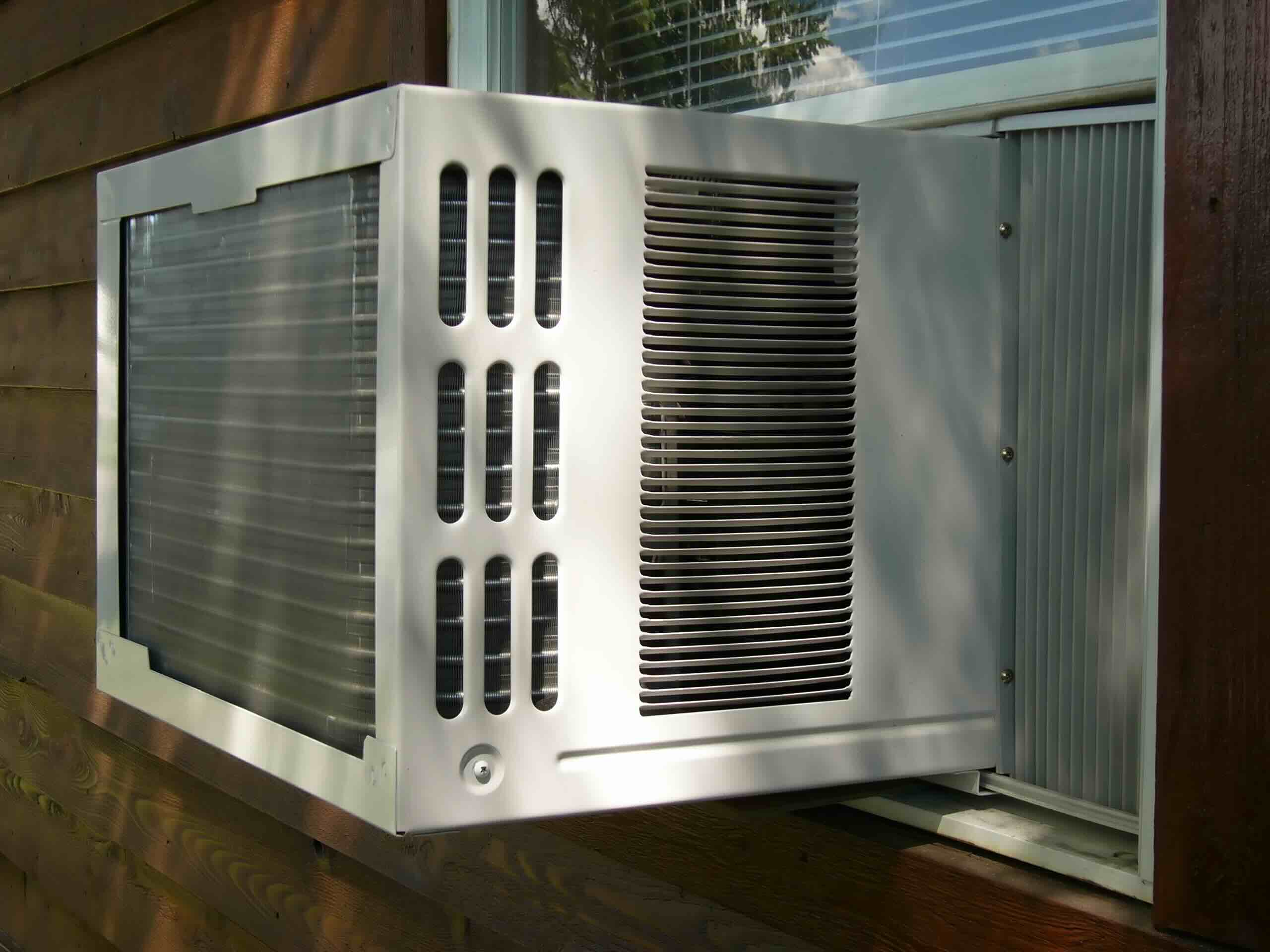

Home Maintenance
How To Cover A Window Air Conditioner
Modified: March 6, 2024
Learn how to cover and protect your window air conditioner. Find home-maintenance tips and tricks to keep your AC unit in top shape.
(Many of the links in this article redirect to a specific reviewed product. Your purchase of these products through affiliate links helps to generate commission for Storables.com, at no extra cost. Learn more)
Introduction
Welcome to our guide on how to cover a window air conditioner. Window air conditioners are a popular choice for cooling individual rooms or small spaces, but they can be a bit of an eyesore when not in use. Additionally, leaving your air conditioner exposed to the elements during the colder months can lead to damage and reduce its lifespan. By covering your window air conditioner properly, you can protect it from dust, dirt, and harsh weather conditions, ensuring it stays in good working condition for years to come.
In this article, we will walk you through the process of covering your window air conditioner step by step. We will provide you with a list of materials you will need, as well as detailed instructions on how to measure your air conditioner, purchase the right cover, clean the unit, position the cover correctly, and secure it in place. We will also share some maintenance tips to keep your air conditioner running smoothly. So let’s dive in!
Key Takeaways:
- Protect your window air conditioner by covering it with a snug, waterproof cover to prevent damage from dust, dirt, and harsh weather conditions. Follow the steps to measure, clean, position, and secure the cover for optimal protection.
- Regular maintenance, including cleaning or replacing the filter, clearing debris, and scheduling professional inspections, will help prolong the lifespan and efficiency of your window air conditioner. Keep it well-maintained for long-lasting cooling comfort.
Materials Needed
Before you begin covering your window air conditioner, make sure you have the following materials on hand:
- A measuring tape
- A protective cover specifically designed for window air conditioners
- A cleaning cloth or sponge
- Mild soap or air conditioner cleaner
- Bungee cords or sturdy rope
- A ladder (if needed)
Make sure you gather all the necessary materials before starting the process to ensure a smooth and efficient experience.
Step 1: Measure the Air Conditioner
Before purchasing a cover for your window air conditioner, it’s important to accurately measure its dimensions. This will ensure that you choose a cover that fits snugly and provides maximum protection. Follow these steps to measure your air conditioner:
- Start by turning off the air conditioner and disconnecting it from the power source. This will prevent any accidents while you’re taking measurements.
- Use a measuring tape to measure the width, height, and depth of the air conditioner. Measure from the outer edges to get the most accurate dimensions.
- Take note of the measurements and write them down. Make sure to double-check your measurements to avoid any mistakes.
Once you have the measurements, you can proceed to the next step of purchasing a cover that fits your air conditioner perfectly. Keep in mind that covers are typically available in various sizes, so it’s essential to choose one that matches the dimensions of your unit closely.
Step 2: Purchase a Cover
Now that you have the measurements of your window air conditioner, it’s time to find a suitable cover. Look for a cover specifically designed for window air conditioners, as these are designed to fit snugly and provide adequate protection.
When purchasing a cover, consider the following factors:
- Size: Choose a cover that matches the dimensions of your air conditioner, ensuring a proper fit.
- Material: Look for a cover made from a durable and waterproof material such as vinyl or polyester. This will protect your air conditioner from rain, snow, and other outdoor elements.
- Design: Opt for a cover with vents or mesh panels to allow for proper airflow and prevent the buildup of moisture inside.
- Fastening mechanism: Check if the cover comes with straps, buckles, or drawstrings to secure it tightly around the air conditioner.
Consider reading reviews and comparing different covers to find one that meets your specific requirements and budget. Once you’ve found the right cover, proceed to the next step for cleaning your air conditioner before covering it.
Step 3: Clean the Air Conditioner
Before covering your window air conditioner, it’s important to clean it thoroughly to remove any dirt, dust, or debris that may have accumulated. This will help prevent these particles from causing damage or hindering the unit’s performance. Follow these steps to clean your air conditioner:
- Start by removing any loose debris from the exterior of the unit. Use a brush or a vacuum cleaner with a brush attachment to gently remove dirt, leaves, and other debris.
- Next, mix mild soap with warm water or use a specialized air conditioner cleaner. Dip a clean cloth or sponge into the solution and gently wipe down the exterior surfaces of the unit, including the front grille and the sides. Be careful not to get any water inside the unit.
- If the filter is accessible, remove it and gently clean it with water. Allow the filter to dry completely before reinserting it into the unit.
- Inspect the condenser coils and fins for any signs of dirt or dust buildup. If necessary, use a soft brush or coil cleaner specifically designed for air conditioners to clean these components. Be gentle to avoid damaging the fins.
- Once you’ve cleaned all the components, allow them to dry completely before proceeding to the next step.
By cleaning your air conditioner before covering it, you ensure that it remains in good condition and operates efficiently. Now that your air conditioner is clean, you’re ready to move on to the next step of covering it.
Use a weatherproof cover or tarp to protect the air conditioner from the elements when not in use. This will help prevent damage and extend the lifespan of the unit.
Read more: 11 Smallest Window Air Conditioners Of 2022
Step 4: Position the Cover
With your window air conditioner clean and ready, it’s time to position the cover over the unit. Follow these steps to ensure proper placement:
- Start by carefully sliding the cover onto the top of the air conditioner unit. If your cover has a specific orientation, make sure it matches the direction of the air conditioner.
- Slowly lower the cover over the air conditioner, ensuring that it covers the entire unit. The cover should fit snugly without being too tight or loose.
- Check that the front grille and any control knobs or buttons are fully covered by the cover.
- Make sure that any vents or mesh panels on the cover align with the corresponding vents on the air conditioner. This will allow for proper airflow while still providing protection.
- If your cover has straps, buckles, or drawstrings, adjust them to tighten the cover securely around the air conditioner. This will prevent the cover from being dislodged by strong winds or other external factors.
Take your time to ensure that the cover is properly positioned and secured. A properly fitted cover will provide optimal protection against dust, dirt, moisture, and other potential hazards. Now that the cover is in place, let’s move on to the next step of securing it.
Step 5: Secure the Cover
Now that you’ve positioned the cover over your window air conditioner, it’s important to secure it properly to ensure it stays in place. Follow these steps to secure the cover:
- If your cover has built-in straps, buckles, or drawstrings, use them to tighten and secure the cover around the air conditioner. Adjust them to fit snugly without putting excessive strain on the cover or the air conditioner unit.
- If your cover doesn’t have built-in securing mechanisms, you can use bungee cords or sturdy rope to secure it. Wrap the cords or rope around the air conditioner and the cover, making sure they are tightly fastened to prevent the cover from being blown away by strong winds.
- Double-check all the fastenings to ensure they are secure. Give the cover a gentle tug to see if it is properly anchored.
- If you live in an area prone to severe weather conditions such as strong winds or heavy snowfall, consider using additional securing measures such as sandbags or heavy objects to anchor the cover further.
By properly securing the cover, you can ensure its longevity and effectiveness in protecting your window air conditioner. Now that your cover is securely in place, let’s move on to some maintenance tips to keep your air conditioner in optimal condition.
Step 6: Maintenance Tips
Proper maintenance is key to keeping your window air conditioner in good working condition. Even when covered, it’s essential to regularly check and maintain your unit. Here are some maintenance tips to follow:
- Periodically remove the cover and inspect the air conditioner for any signs of damage, such as cracks or leaks. If you notice any issues, contact a professional to address the problem.
- During the warmer months, when you’re using the air conditioner, clean or replace the filter regularly. A clogged or dirty filter can restrict airflow and reduce the cooling efficiency of the unit.
- Clear any debris or obstructions from the air conditioner’s exterior, including the front grille and vents. This will help to maintain proper airflow and prevent any blockages that could impact performance.
- Ensure that the area around the air conditioner is clear of vegetation, leaves, or other objects that could impede airflow or become entangled in the unit.
- Consider scheduling regular maintenance with a professional HVAC technician. They can inspect and clean the internal components of the air conditioner, ensuring optimal performance and identifying any potential problems before they worsen.
- Keep an eye out for any unusual sounds, odors, or performance issues with your air conditioner. These could be indications of underlying problems and should be addressed promptly.
By following these maintenance tips, you can prolong the lifespan of your window air conditioner and ensure it continues to cool your space efficiently and effectively. Remember to always refer to the manufacturer’s guidelines for specific maintenance recommendations and intervals.
Conclusion
Covering your window air conditioner is a simple yet effective way to protect it from dust, dirt, and harsh weather conditions. By following the steps outlined in this guide, you can ensure that your air conditioner stays in good working condition and lasts for years to come.
Remember to start by measuring your air conditioner accurately, so you can purchase a cover that fits perfectly. Clean the unit thoroughly before positioning the cover, making sure to align any vents or mesh panels properly. Secure the cover tightly to prevent it from being blown away, especially in windy conditions.
Additionally, don’t forget to follow proper maintenance practices. Regularly clean or replace the filter, clear any debris from the exterior, and schedule professional maintenance if needed. Keeping up with these maintenance tasks will ensure that your air conditioner remains efficient and reliable.
So, whether you’re covering your air conditioner for the off-season or simply looking to protect it from the elements, following these steps will help you achieve just that. By investing a little time and effort now, you can save yourself from potential issues and prolong the lifespan of your window air conditioner.
We hope this guide has been helpful to you. Stay cool and enjoy the comfort of your well-maintained window air conditioner!
Frequently Asked Questions about How To Cover A Window Air Conditioner
Was this page helpful?
At Storables.com, we guarantee accurate and reliable information. Our content, validated by Expert Board Contributors, is crafted following stringent Editorial Policies. We're committed to providing you with well-researched, expert-backed insights for all your informational needs.

